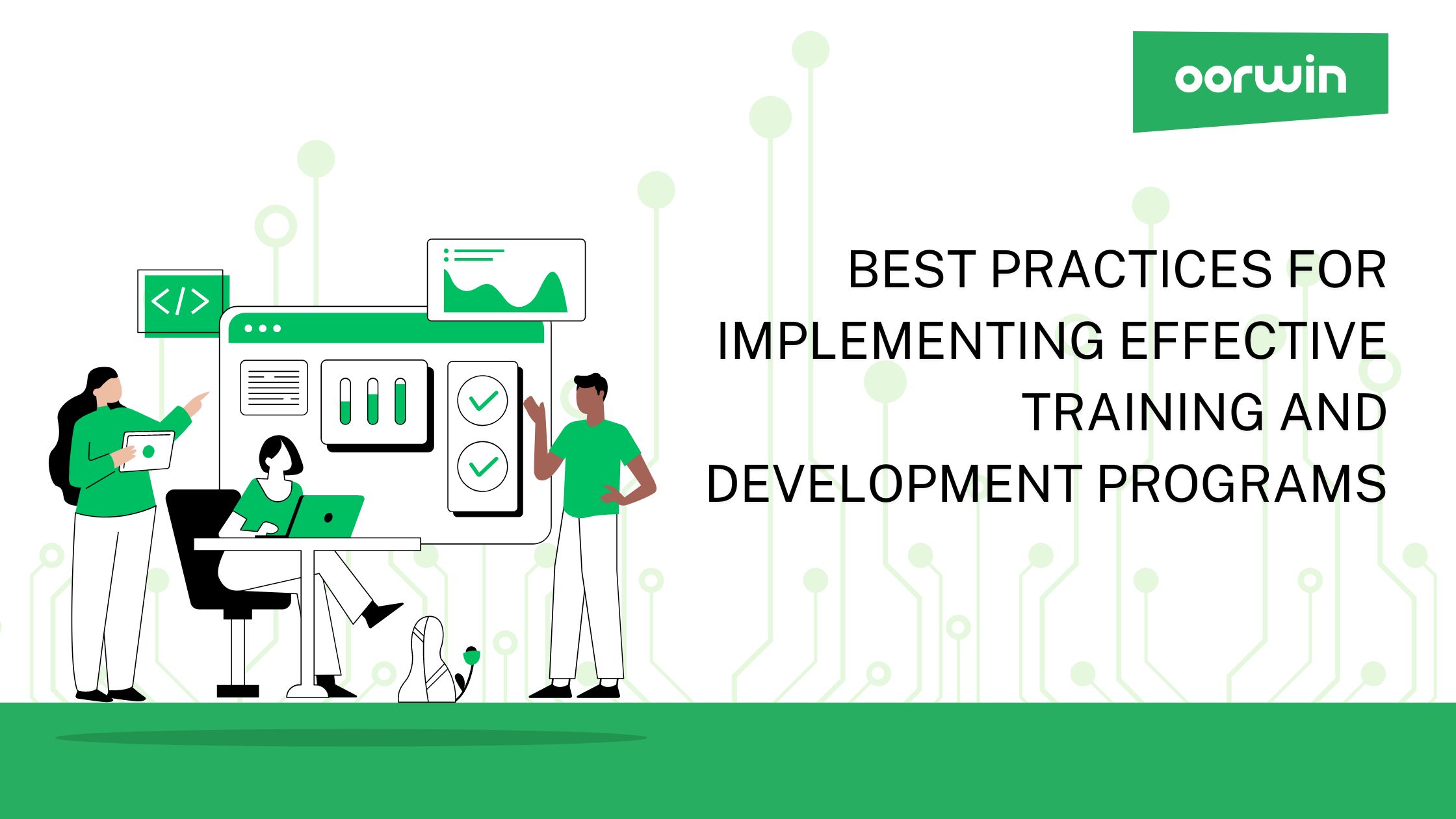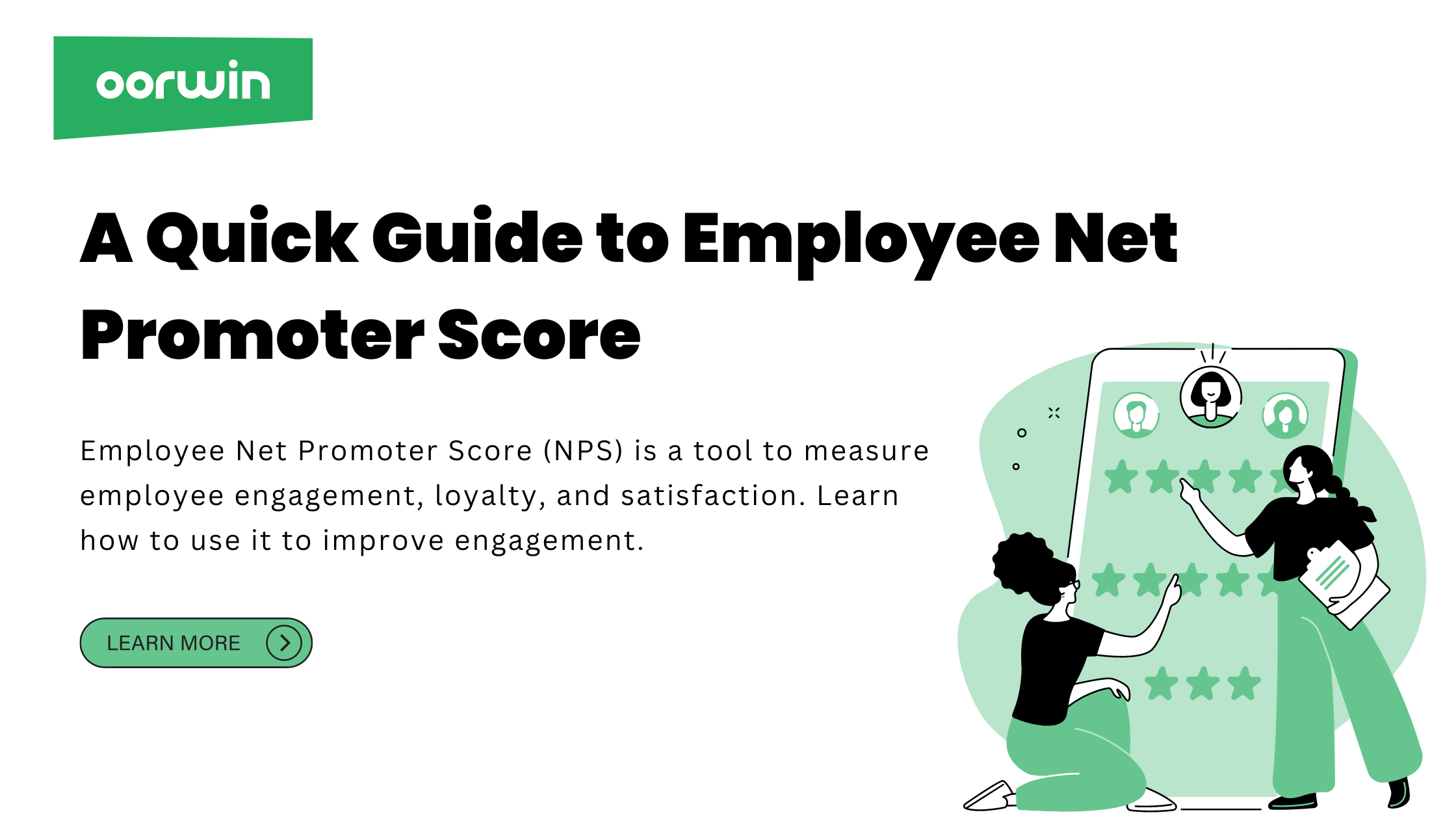Primary Aspects of Employee Management
Employee management is a critical aspect of running a successful business. It encompasses various strategies and practices to nurture a productive, engaged, and satisfied workforce. It is vital to understand the essential elements of effective employee management and how they contribute to overall business success.
The Importance and Benefits of Effective Employee Management
Effective employee management is pivotal in driving business growth and achieving organizational objectives. When managed well, employees are more likely to feel valued, motivated, and committed to their positions. This, in turn, yields several benefits for the organization.
Enhancing Employee Engagement
Promoting employee engagement entails creating a workplace environment that values and motivates employees, fostering a strong connection between them and their organizational roles. Businesses can cultivate a highly engaged workforce by providing growth opportunities, recognizing achievements, and encouraging open communication. Engaged employees are more productive and committed, contributing significantly to the company’s success and overall positive work culture.
Reducing Turnover Rates
It is essential to recognize and tackle the factors contributing to employee dissatisfaction or disengagement to decrease turnover rates. Businesses can retain valuable talent by offering competitive compensation, opportunities for growth, ensuring work-life balance, and creating a supportive work environment. Lower turnover rates lead to increased continuity, reduced hiring costs, and a more stable and productive workforce.
Promoting a Positive Work Culture
Creating a positive work culture involves prioritizing open communication, mutual respect, and the well-being of employees. By fostering an environment where collaboration and innovation thrive, businesses create a sense of belonging and motivation among employees. A positive work culture enhances teamwork, productivity, and job satisfaction, increasing employee retention and overall organizational success.
Enhancing Workflow Efficiency Through Employee Management
Efficient workflow management is essential for optimizing productivity and achieving business goals. Effective employee management practices contribute to streamlining operations and maximizing team performance.
Streamlining Task Assignments
Efficiently allocating responsibilities based on employees’ strengths and expertise is key to streamlining task assignments. Understanding individual capabilities allows optimal task distribution, ensuring the right people are assigned the right tasks. This approach enhances productivity, minimizes unnecessary workload, and promotes a sense of fulfillment and engagement among employees as they contribute their best skills to the organization’s success.
Setting Realistic Goals and Deadlines
Optimal workflow management relies on setting realistic goals and deadlines as a crucial aspect. By establishing Specific, Measurable, Achievable, Relevant, and Time-bound (SMART) objectives, businesses ensure clarity and focus among employees. Realistic timelines provide direction, motivating employees to meet targets without feeling overwhelmed. This approach enhances productivity, time management, and overall task efficiency.
Implementing Efficient Workflow Tools
Implementing efficient workflow tools enhances productivity and collaboration by streamlining business processes. These tools automate repetitive tasks, improve communication, and centralize project management, ensuring seamless coordination among team members. By using technology to optimize workflow, businesses can save time, reduce errors, and boost overall efficiency, enabling employees to focus on more strategic and value-added activities, ultimately contributing to improved business performance.
Boosting Employee Productivity with Effective Management Strategies
Effective management strategies unlock employee potential and drive productivity to new heights for successful businesses.
Encouraging Autonomy and Skills Development
Empowering employees through encouraging autonomy and skills development enables them to take ownership of their work and foster professional growth. By granting freedom, employees gain confidence, leading to innovative solutions and increased job satisfaction. Providing opportunities for skill development through training and workshops enhances employee capabilities, contributing to a more skilled and adaptable workforce.
Providing Constructive Feedback and Guidance
Offering constructive feedback and guidance is vital for fostering employee growth and improvement. Regular feedback sessions help employees understand their strengths and areas for development, fostering a culture of continuous learning. Constructive feedback delivered with empathy and clarity enables employees to make necessary adjustments and enhance their performance.
Ensuring Work-Life Balance
Maintaining work-life balance is essential for both employee well-being and productivity.
By promoting flexible work arrangements and encouraging time off, businesses create a supportive environment that allows employees to recharge and maintain a healthy balance between work and personal life. A balanced lifestyle reduces burnout, enhances job satisfaction, and improves overall job performance, leading to a more engaged and committed workforce.
The Art of Effective Employee Management
Effective employee management is a delicate balance of communication, recognition, and trust-building. Businesses can create a cohesive and high-performing team by mastering the art of managing employees.
Establishing Open Communication Channels
Creating open communication channels nurtures transparency and builds trust among the organization’s members. Encouraging two-way communication between employees and management enables the free flow of ideas, concerns, and feedback. This promotes a culture of collaboration and problem-solving, ensuring that employees feel heard and valued. Open communication enhances team dynamics, reduces misunderstandings, and enables timely resolution of issues, ultimately contributing to a more productive and cohesive workforce.
Implementing Rewards and Recognition Programs
The implementation of rewards and recognition programs enhances employee morale and motivation. Acknowledging employees’ accomplishments and efforts fosters a positive work culture and reinforces desired behaviors. Using monetary incentives, public praise, or awards creates appreciation and satisfaction and strengthens employee loyalty.
Building Trust Within the Team
Trust within the team is fundamental for promoting effective collaboration and a harmonious work environment. Consistency, honesty, and transparency in communication are vital to nurture faith. Encouraging teamwork, valuing diverse perspectives, and sharing credit for achievements fosters mutual respect.
Boosting Employee Satisfaction
Enhancing employee satisfaction is vital to foster a motivated workforce. Businesses create a positive work environment by addressing employees’ needs and concerns, providing growth opportunities, and promoting work-life balance. A satisfied workforce leads to higher job engagement, reduced turnover, and increased productivity. Happy employees contribute to the company’s success.
Frequently Asked Questions
What constitutes good management?
Good management involves effective communication, goal setting, employee empowerment, and recognizing individual contributions to foster a motivated and cohesive team.
What is the significance of effective employee management?
Effective employee management is crucial for enhancing employee engagement, reducing turnover, and driving overall business success.
How does efficient employee management impact business success?
Efficient employee management improves workflow efficiency, boosts productivity, and creates a positive work culture, ultimately contributing to business growth and profitability.





